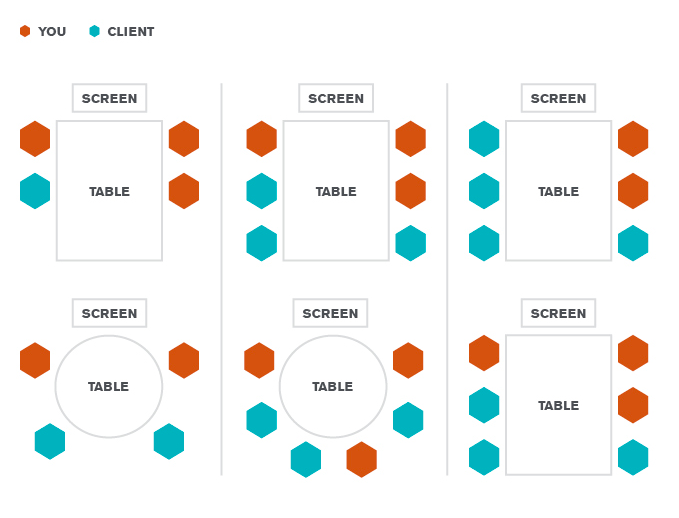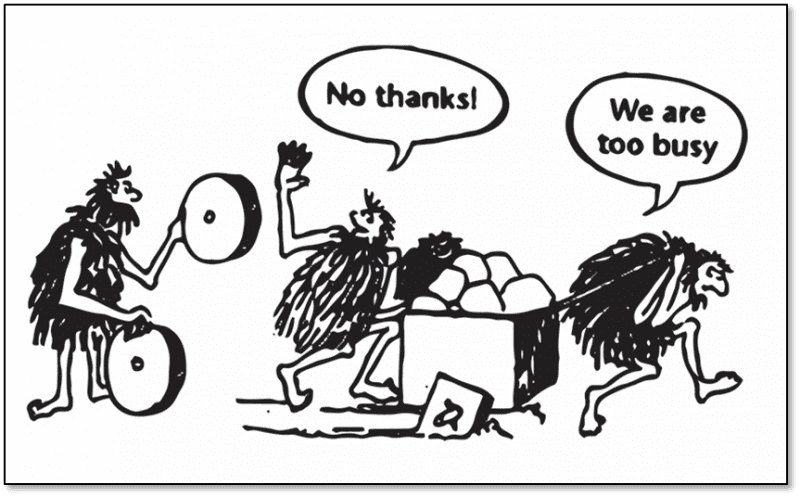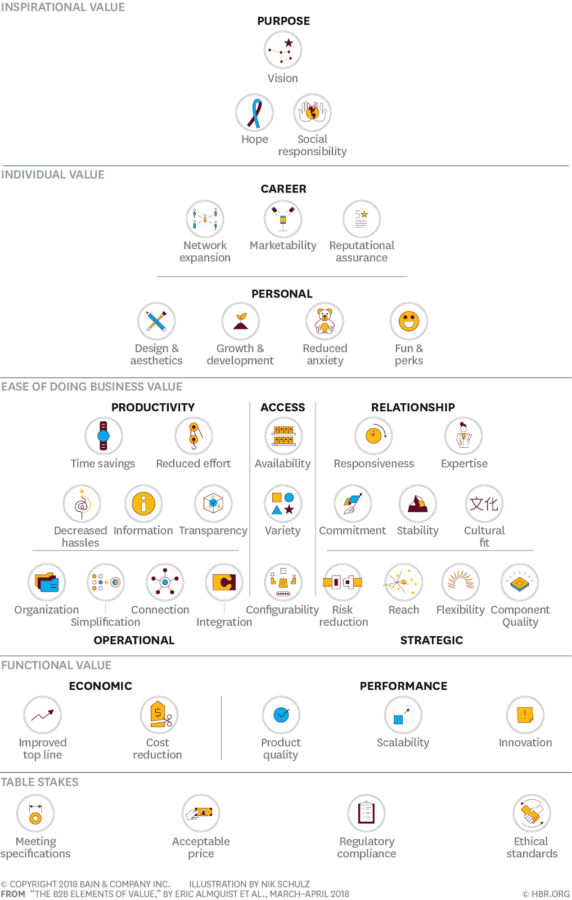The Story Method
Executive presentations carry high-stakes. Do you have the right information? Is it compelling? Does it speak the language of what’s important to your executive decision makers? Using the Story Method as a guideline for approaching these meetings can provide a clear way to ensure your presentation makes its intended impact.
S - Scene
The scene of your meeting includes the time, place, and characters.
When are you meeting?
Time constraints shape a narrative. Both neuroscience and strategy are how organizers for TED talks arrived at their 18-minute threshold for a captivating presentation.
You need time that is long enough to flesh out an idea and short enough that your audience can ingest, digest, and understand all your important information.
Twitter forces a user to have the discipline to complete a thought in 280 characters. Parkinson’s Law states that work expands so as to fill the time available for its completion. If you give yourself 6-hours, you’re going to fill it. What if you had one hour less? What about 2 hours less? You’d force brevity and would probably be more efficient with everyone’s time.
Time limits can be a forcing function. And if you think 18-minutes isn’t enough time to tell a compelling story, rest assured it’s something you can accomplish.
- John F. Kennedy persuaded a nation to reach for the moon in 18-minutes at Rice University in 1962.
- Steve Jobs gave one of the most popular commencement speeches of all time in 15-minutes at Stanford.
- And in a TED talk that's been viewed more than six million times, historian David Christian explained the history of the world in 18-minutes.
Speaking of time - in general you should schedule a sufficient amount of breaks as needed. Have a discussion item that will run a full hour? Before you begin the next section, have the courtesy to schedule bathroom and quick email intermissions.
Where are you meeting?
Domain specificity is important.
- Will someone joining via phone or video distract or add value to the discussion?
- Will you be projecting your slides?
- If so, is the font large enough for someone sitting in the back to see them? Go ahead, try it:
This is 30 point font.
This is 20 point font.
This is 10 point font.
The more details you can understand about where you will be physically assembling the better. Test as many audio/video variables as you can beforehand and, if all else fails, come prepared with your presentation printed out for those attending.
Seating arrangements can also influence how information is conveyed and the communication and behavioral dynamics in the room. Where will everyone be sitting?

Who will be there?
Do you have the right people in the room? Is your presentation tailored for that audience? Get buy-in ahead of time with your agenda and ask those attending what specifically they would like to see to have a successful meeting.
Consider everyone’s time sacred. If you can structure your agenda so that only those who need to be present are for certain discussion items, allow people to leave when they’re not needed. If the content isn’t relevant for someone, expect that busy person to start checking their email, which could lead to further distractions for those who actually need to be involved in the discussion.
T - Trouble
Articulate the challenge being faced. Do you have a clear business objective? Does the marketing objective reflect that business objective?
What is your client’s CEO saying publicly? If they are a publicly traded company, what can you learn from their financial statements?
- What is their company saying on social media?
- What did we set out to do? Why was that important?
- What’s our origin story for the engagement? There was something that inspired action and some endeavor captivating enough to assemble forces and work towards - has that been reflected in your mutual efforts?
O - Obstacle
Detail what needs to be overcome:
- What was encountered along the way?
- What happened? Why? How did it work itself out?
- What was our hypothesis? How did we test it? What did we find out?
- Do we have the resources required? The right approach?
- Was there anything preventing us from succeeding? Did we have enough people? Did we have the right people? Were we too slow?
If this sounds like a lot it’s because it absolutely can be. Obstacles can be complex, and articulating them can be a challenge unto itself. To avoid confusing everyone, try and limit yourself to one idea per slide.
Are you sharing numbers? You probably are. How you present them should require the least amount of effort by your audience to understand. Even if you’re shaving off one-second, which format is easier to understand?:

R - Reward
When all is said and done - what was the ultimate result?
Is it a happy or sad ending?
- Did we hit our goal?
- Did we even come close?
- Did we find out that’s not the right goal to be aiming for at all?
What lessons were learned?
- How will we approach the next chapter knowing what we now know?
- What benefits were gained from the experience?
- What can we celebrate?
If you don’t know what you want to achieve in your presentation your audience never will. - Harvey Diamond
Change is hard. How can you get this priority to become one of the priorities?

Y - You
What’s in it for the audience?
- How will all of this information allow them to succeed?
- Why is the story you’re telling important for your audience?
- What is the cost of inaction? What is at stake by not doing this?
- Need to help them identify their elements of value? Bain has done just that, with the B2B Elements Value Pyramid.

The success of your presentation will be judged not by the knowledge you send but by what the listener receives. - Lilly Walters
Don’t Forget to Thank Them
One of the most valuable resources an executive has, and anyone for that matter, is time. Always thank and recognize that they gave you their time and, hopefully, their attention as well.
An extra tip when doing this - stop sharing your presentation altogether. A ‘thank you’ placeholder slide is one thing, having your audience stop looking at the monitor and set their eyes to you, will allow them to feel your gratitude.
Bring It All Together With ACT
To bring this all home, when reviewing your work by yourself or with a trusted peer, try using the ACT test for your material:
Audience
- How does all of this information help your audience?
- Does it address their needs?
- Is it critical to their outcome?
Content
- Is the content itself interesting?
- Does it support your key messages?
- Is it nice to know or need to know?
Time
- Practice, rehearse and do a dry run actually going through your material in its entirety
- Have you distilled your material down to the very essentials?
- This will result in you deleting or consolidating most of what you prepared
Next time you’re faced with building a presentation for an executive audience, consider using the ideas above to refine your approach, have more effective meetings, and get greater buy-in for the work to be done.


